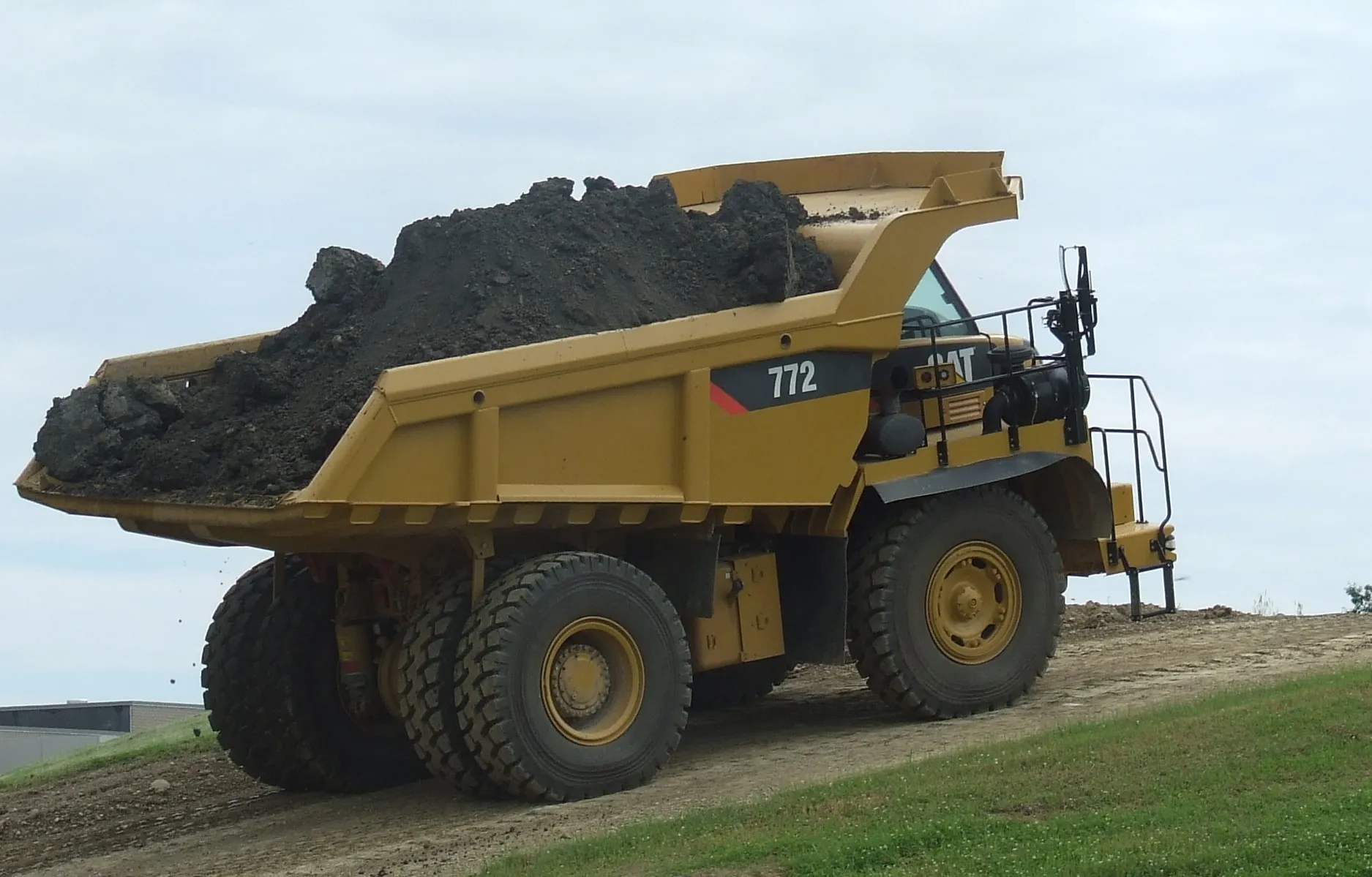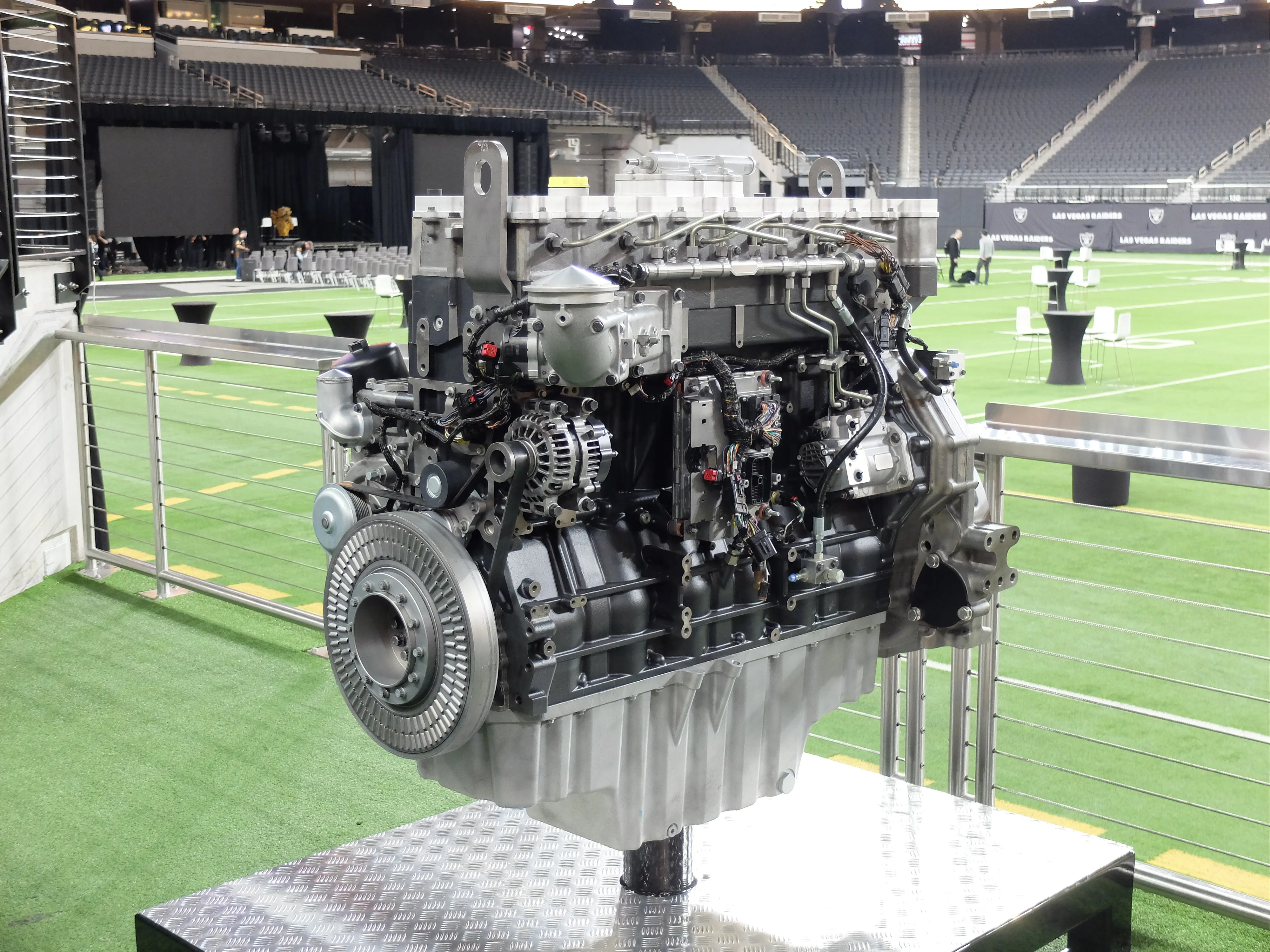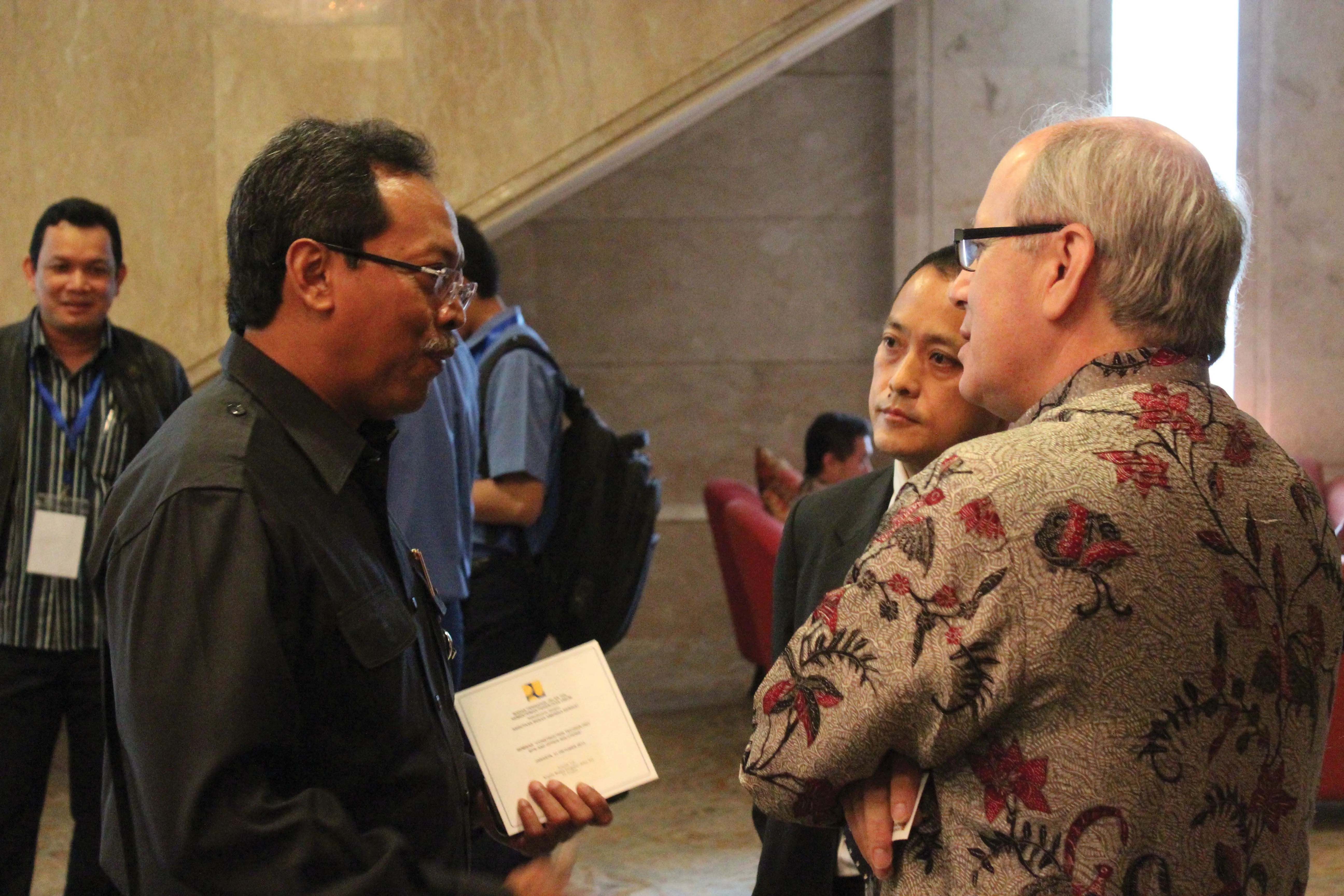
Caterpillar has acquired assets from San Francisco-based robot and autonomy technology specialist Marble Robot. This move forms part of Caterpillar’s strategy for automation and autonomy technology. The company intends to utilise autonomous technologies for the next generation of jobsite solutions.
Caterpillar has amassed considerable experience of its own in using autonomous technology in the mining sector. The firm first unveiled its prototype autonomous mining trucks in 1996. And Caterpillar has been operating autonomous mining trucks in full production use for 20 years.
According to Caterpillar it will leverage the expertise of this new team to bring solutions to meet the changing needs of construction and quarrying sectors, as well as other industries.
The new team comprises leading roboticists with a long background in the industry. Caterpillar says that it intends to benefit from the team’s integrated on-board autonomy technology including perception, localisation and planning. These factors will be used to deliver smart, safe, productive and cost-effective solutions for its customers.
“We’re excited to join the autonomy team at Caterpillar,” said Kevin Peterson, former Marble CEO, now Caterpillar technologist. “In many ways, this completes a full circle for me. I had the privilege of working with Caterpillar early in my career at Carnegie Mellon, where they sponsored the development of the first generation of self-driving vehicle software. Now, with the acquisition of the Marble team, together we will drive the next generation of autonomy solutions for Caterpillar customers in the construction, quarry, industrial and waste industries.”
Caterpillar says that it is well-positioned to grow services based on its large installed base of connected equipment, field technology and product, service and application expertise. The company will continue to make investments in emerging technologies, such as automation and autonomy, to bring innovative solutions to industry.
“Our customers need the best solutions for running an effective jobsite, with improved operator productivity, lower operating costs, and greater efficiency brought by autonomous solutions,” said Karl Weiss, Caterpillar chief technology officer. “That’s why we’re continuing to invest in the areas of automation, remote control and autonomy.”








